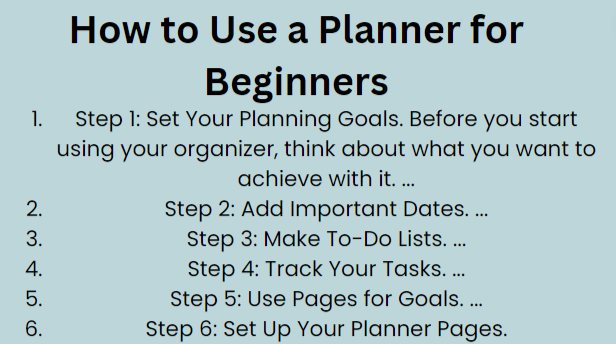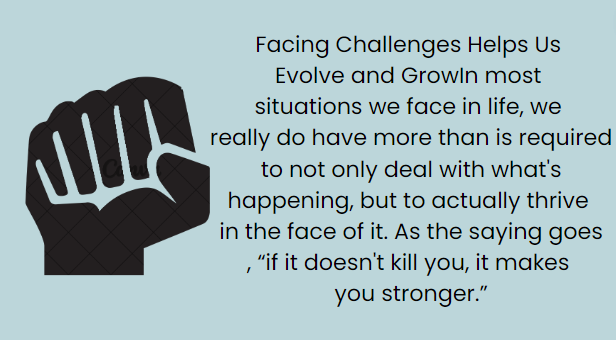In today’s fast-paced world, effective time management is crucial for success in both personal and professional life. One of the most powerful tools for managing your time is a planner. This comprehensive guide will walk you through the process of using a planner to boost your productivity and achieve better time management.
Why Use a Planner?
Before diving into the how-to, let’s explore why planners are so effective:
- Provides structure to your day
- Helps prioritize tasks
- Reduces stress by organizing thoughts and responsibilities
- Improves memory and recall of important events
- Increases productivity and efficiency
Using a planner allows you to take control of your time, rather than letting time control you. It’s a simple yet powerful way to stay organized and focused on your goals.
Choosing the Right Planner
The first step in using a planner effectively is selecting the right one for your needs. Consider the following factors:
- Format: Digital vs. Paper
- Size: Portable or desk-bound
- Layout: Daily, weekly, or monthly view
- Features: Goal-setting sections, habit trackers, etc.
| Planner Type | Pros | Cons |
|---|---|---|
| Digital | Easy to update, syncs across devices | Requires charged device, potential distractions |
| Paper | Tactile experience, no digital distractions | Can be bulky, not easily searchable |
| Bullet Journal | Highly customizable | Requires more setup time |
Choose a planner that aligns with your lifestyle and preferences. Remember, the best planner is the one you’ll actually use consistently.
Setting Up Your Planner
Once you’ve chosen your planner, it’s time to set it up for success:
- Fill in important dates: Birthdays, holidays, deadlines
- Create a monthly overview: Major events and goals
- Establish a weekly planning routine
- Decide on a daily planning system
Take some time to familiarize yourself with your planner’s layout and features. Customize it to fit your needs, but don’t get bogged down in making it perfect. The goal is functionality, not perfection.

See also>> Simple Time Management Tricks for Busy Students: Mastering Your Schedule
Using Your Planner Daily
To make the most of your planner, incorporate these daily habits:
- Review your schedule first thing in the morning
- Prioritize tasks using a system like the Eisenhower Matrix
- Time-block your day for increased focus
- Check off completed tasks for a sense of accomplishment
Consistency is key when it comes to using your planner. Make it a part of your daily routine, and you’ll soon see improvements in your time management skills.
The Eisenhower Matrix
| Importance | Urgency | Action |
|---|---|---|
| Important | Urgent | Do First |
| Important | Not Urgent | Schedule |
| Not Important | Urgent | Delegate |
| Not Important | Not Urgent | Eliminate |
This matrix can help you prioritize tasks effectively, ensuring you focus on what’s truly important.
Weekly and Monthly Planning
In addition to daily use, set aside time for weekly and monthly planning:
Weekly Planning:
- Review the past week’s accomplishments and challenges
- Set goals for the upcoming week
- Schedule important tasks and appointments
Monthly Planning:
- Evaluate progress towards long-term goals
- Identify areas for improvement
- Set new goals or adjust existing ones
Regular planning sessions help you stay on track with your goals and make necessary adjustments to your time management strategies.
Maximizing Planner Effectiveness
To get the most out of your planner:
- Be consistent in your usage
- Experiment with different planning methods
- Use color-coding for easy visual organization
- Include a habit tracker for personal growth
Don’t be afraid to try new techniques and adapt your planning system as you learn what works best for you. Your planner should evolve with your needs.
See also>> Why Networking is Key to Your Professional Growth: Unlocking Career Success Through Connections
Integrating Your Planner with Other Productivity Tools
While a planner is powerful on its own, combining it with other tools can enhance your time management:
- To-do list apps for quick task capture
- Calendar apps for scheduling and reminders
- Note-taking apps for expanded ideas and brainstorming
| Tool Type | Examples | Integration with Planner |
|---|---|---|
| To-do List | Todoist, Any.do | Transfer important tasks to planner |
| Calendar | Google Calendar, Apple Calendar | Sync appointments and deadlines |
| Note-taking | Evernote, OneNote | Expand on ideas noted in planner |
Use these tools in conjunction with your planner to create a comprehensive time management system that works for you.
Overcoming Common Planner Challenges
Even with the best intentions, you may face some hurdles:
- Forgetting to use your planner: Set reminders or keep it visible
- Overplanning: Be realistic about what you can accomplish
- Perfectionism: Remember that a planner is a tool, not an art project
- Inflexibility: Leave room for unexpected events and adjustments
Don’t get discouraged if you encounter these challenges. They’re common experiences for many planner users. The key is to recognize them and find solutions that work for you.

Advanced Planner Techniques
Once you’re comfortable with basic planning, try these advanced techniques:
- Time-blocking: Assign specific time slots to tasks
- Themed days: Dedicate certain days to specific types of tasks
- The “Big 3”: Identify and prioritize the three most important tasks each day
These techniques can help you further refine your time management skills and boost your productivity.
See also>> Boosting Your Professional Drive: Ways to Stay Motivated at Work Every Day
FAQs
Q: How long does it take to see results from using a planner?
A: While you may notice immediate benefits in organization, it typically takes 2-4 weeks of consistent use to see significant improvements in time management.
Q: Can I use multiple planners for different areas of my life?
A: Yes, some people prefer separate planners for work and personal life. However, be cautious of overcomplicating your system.
Q: What if I miss a day of planning?
A: Don’t stress! Simply start again the next day. Consistency is key, but perfection isn’t necessary.
Q: How often should I review my planner system?
A: It’s a good idea to evaluate your planning method every 3-6 months to ensure it’s still meeting your needs.
Q: Can digital planners be as effective as paper ones?
A: Yes, both can be equally effective. The best planner is the one you’ll actually use consistently.
Conclusion
Using a planner effectively can significantly improve your time management skills. By choosing the right planner, setting it up thoughtfully, and incorporating it into your daily routine, you’ll be well on your way to increased productivity and reduced stress. Remember, the key to success is consistency and finding a system that works for you. Start small, be patient with yourself, and watch as your time management skills improve over time.
